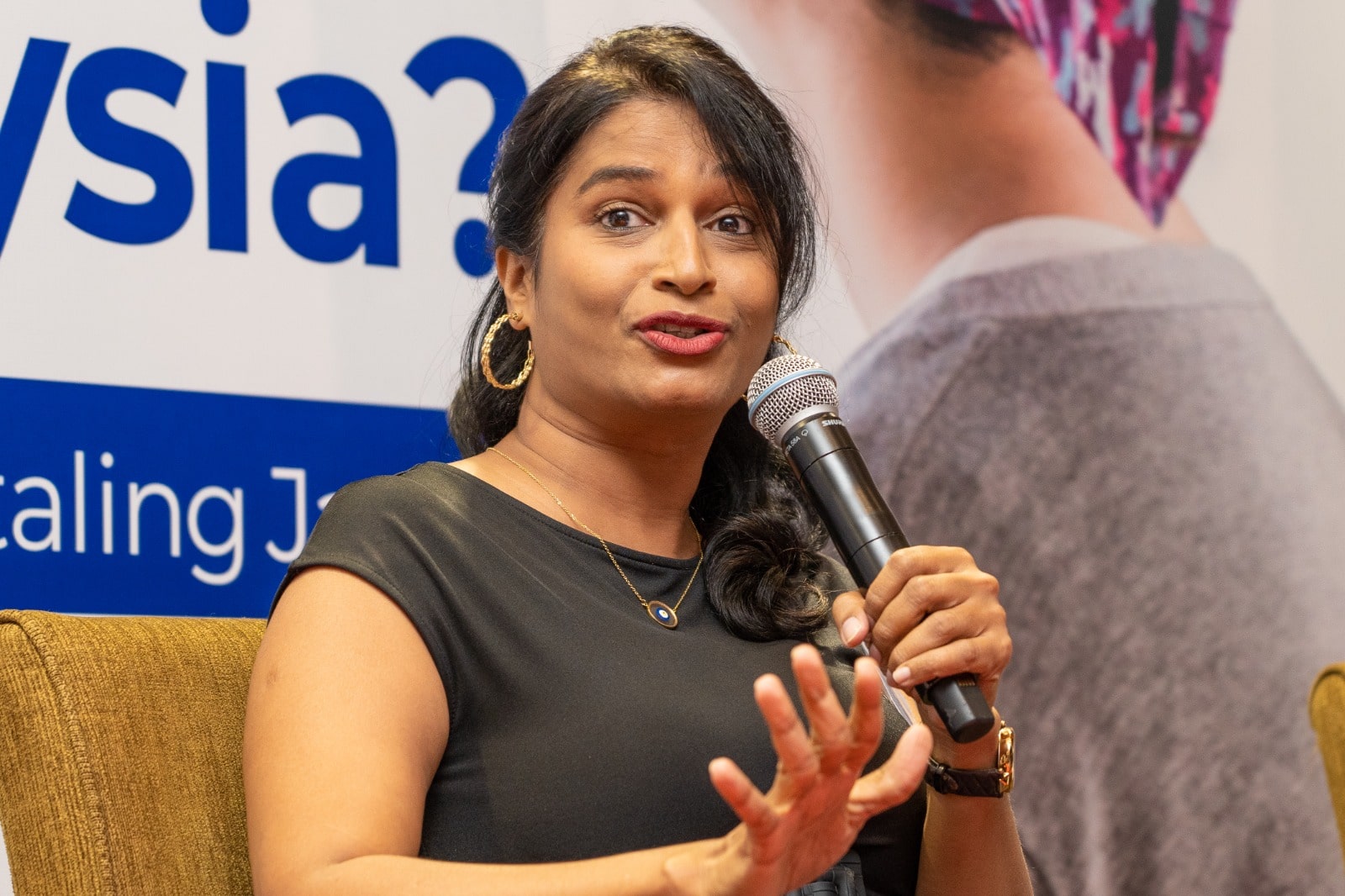CYBERJAYA, March 5 – A public health professor has called for better framing of cancer prevention and treatment as a strategic investment, rather than a burden on resources.
Universiti Malaya epidemiologist Prof Dr Nirmala Bhoo-Pathy highlighted the need to change the discourse surrounding cancer, urging stakeholders to recognise the economic benefits of early detection and effective treatment.
She said that the prevalent narrative that portrays cancer solely as a financial liability tends to discourage proactive investment in prevention and intervention measures.
“I love that idea of investment because for a long time, we’ve been selling cancers as an expenditure that governments, everyone, shy away from talking about.
“But I think what we need to do, and we are not doing well, is making the economic case for investment by looking at indirect costs. We are always talking about the direct cost of cancer and talking about how expensive cancer drugs or treatments are.
“But the indirect cost comes from the fact that a lot of our cancer patients are young, they have been working, and when they don’t work, how much do we lose – that’s the cost of inaction,” Dr Nirmala said in a forum titled “Making Cancer Everyone’s Business” at the national celebration of World Cancer Day 2024 at the University of Cyberjaya last February 17.
“If we can stress upon that, that when cancers are detected early or treated well, people go back to the workforce and that is very beneficial to the employers, to the society at large.
“We get all that we lost by investing earlier and making sure that all these people come back into the workforce, and it doesn’t mean that those who do not work have no value because we have others, caregivers, who can give better care to their family and it all works out.
“So, we are not making the case for the cost of inaction, especially when we talk about the indirect costs of cancer. I think we need to do that better.
“We need research at the local level. We cannot be quoting values from other countries. I think that could be one of the game changers,” Dr Nirmala said.
A report jointly published by the Ministry of Health (MOH) and the World Health Organization (WHO) in 2022 revealed that the collective direct health care costs from diabetes, cardiovascular disease (CDV), and cancer in Malaysia exceeded RM9.65 billion yearly.
The same MOH-WHO report also highlighted that the average cost per hospital episode for cancer across public and private hospitals was “considerably higher” at RM7,087, than for diabetes (RM5,444) and CVD (RM5,374).
While there is limited local research on the indirect costs of cancer, many cancer patients and support organisations have reported instances where patients lose their jobs upon diagnosis or caregivers needing to take time off from work to assist family members with logistical arrangements for cancer treatment.
Financial Navigators For Cancer Patients
Dr Nirmala also advocated for innovative solutions to help cancer patients in navigating their journey to battle cancer more effectively. She underscored the need for practical innovations at the patient and community levels, in addition to systemic changes in health care financing.
“When we get together in a common forum talking about cancer, a lot of us tend to talk about how the government needs to step in, there needs to be a cancer fund, there needs to be a reshuffling in the way we finance health, and this has been talked about over the past 20 years.
“I think all of that is very good. We need to go on with this conversation and try to get systems-level solutions to come up. So, getting better funding and more funding for cancer is systems-level solutions.
“But I think for innovation, we need to think about what is practical and what can be done at the patient level and the community level. One of the innovative ways access could be improved, not only access to drugs but living better, is financial navigation,” Dr Nirmala said.
Dr Nirmala described financial navigation as a crucial aspect of patient support, emphasising its role in connecting individuals, regardless of income level, to resources for better living conditions.
“We’ve heard about patient navigation – how we have navigators who help connect people who have problems, whether they no its cancer or no cancer, connecting them to timely diagnosis by getting examined etc.
“Financial navigation is not new. It’s just an extension of patient navigation. We have navigators who are trained to help patients connect to resources, and the resources do not necessarily mean money.
“It doesn’t mean that we are just getting charity assistance, but it also means that we are connecting people at any level of income to resources that can help them get access to live better.
“An example is a middle-class person who might need debt management advice. The scope of services within financial navigation can be massive like in the United States, but it can also start small.
“So this is a way we can set up a patient-level solution that can be acted upon by not only our health system, but also players – pharmaceuticals, insurance, social welfare organisations, non-governmental organisations (NGOs).”








